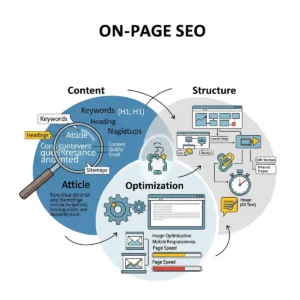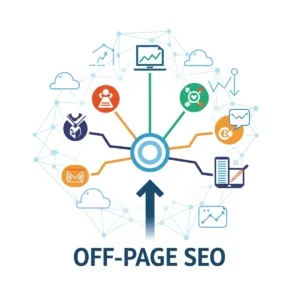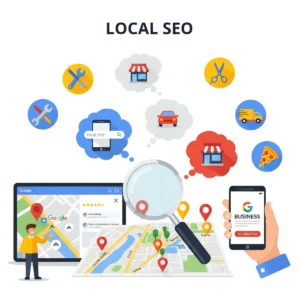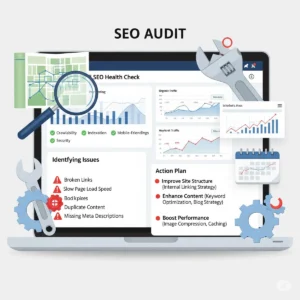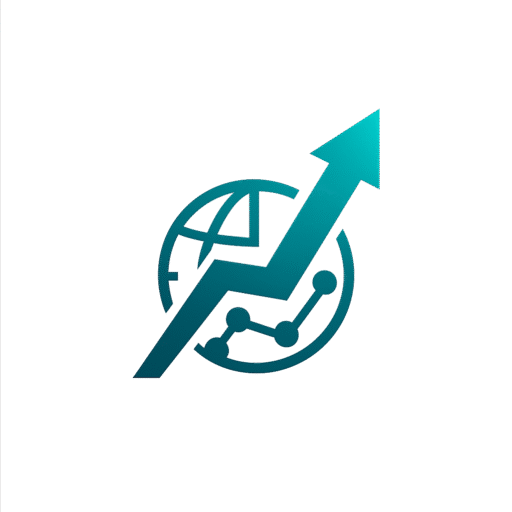What is Search Engine Positioning?
From my own work in SEO, I’ve learned that search engine positioning SEO is not about quick fixes or one-time changes. Instead, it’s an ongoing process of optimizing individual pages so they can consistently perform well in search results.
Unlike general SEO, which looks at the overall health and visibility of a website, search engine positioning focuses on the exact spot a page holds in the rankings for specific keywords. The goal isn’t just to climb higher—it’s also about holding multiple strong positions across search engines to capture more clicks and visibility.
For example, when you optimize a product page for a keyword like “workout shorts,” every detail matters:
- Keyword placement in titles, headings, and content.
- On-page improvements like faster load times, better formatting, and clear calls to action.
- User experience (UX) updates that make the content easier to read and navigate.
- Internal linking that connects the page with related content on your site.
Through small, consistent tweaks like these, I’ve often seen pages shift upwards in search results—sometimes just a few spots, but enough to bring a noticeable jump in traffic. In competitive niches, these minor improvements can give a page the edge it needs to outperform rivals.
In short, search engine positioning SEO is about:
- Optimizing specific pages rather than just the entire site.
- Tracking keyword rankings and improving positions over time.
- Making continuous updates to stay ahead in competitive markets.
- Creating multiple opportunities for your site to appear across the first page of Google.
It’s not a “set it and forget it” task—it’s a practice of constant refinement. The better you are at positioning, the more search real estate your site controls, which ultimately leads to more clicks, traffic, and conversions.
How does a search engine determine a page’s position?
When I first started learning SEO, I found it fascinating how search engines actually decide the rank of a page for a search query. The workings of a search engine algorithm are definitely complex, but once you grasp the basic idea, it makes your SEO efforts a lot more focused.
At the core, a web page is evaluated through crawling, indexing, and ranking. Web crawlers scan websites across the internet, performing the task of analyzing individual web pages, the site they are linked to, and how the system can organize all that information based on relevance. This allows engines to display results from indexed pages, each assigned a position in the SERP (Search Engine Results Pages).
From my experience, the ranking of a website is heavily influenced by several attributes:
- Keyword density and keyword placement (in URL, H1, slug, title, and meta description)
- Topic authority and domain authority
- Quality of backlinks pointing to the webpage
- Readability of the content
- The geographic location of the user
Ultimately, a position on SERPs reflects how well you optimize these factors. The more consistently you work to improve them, the better your method of search engine positioning becomes.
Why is Search Engine Positioning Important?
I remember reading an industry study by Backlinko that showed the top 3 results capture the lion’s share of organic clicks on Google. The organic CTR breakdown by position proved that even moving up just one spot could improve clicks by almost 30%.
That’s where search engine positioning becomes crucial. It’s not only about getting higher Google rankings on Google SERPs, which used to be a simple list of 10 blue links on the first page. Today, you’re also competing with SERP Features like featured snippets, People also ask boxes, knowledge graphs, top stories, and video results.
For example, I once optimized a post about YouTube subscribes, and securing a Featured Snippet box at the top of the page instantly boosted traffic. It taught me that success isn’t just about ranking high but also about maximizing your SERP real estate.
Here’s how positioning can make a difference:
- Get ranking high or even multiple times on the same page
- Win rich snippets so your site can stand out from the pack
- Maximize visibility by combining snippets, videos, and features
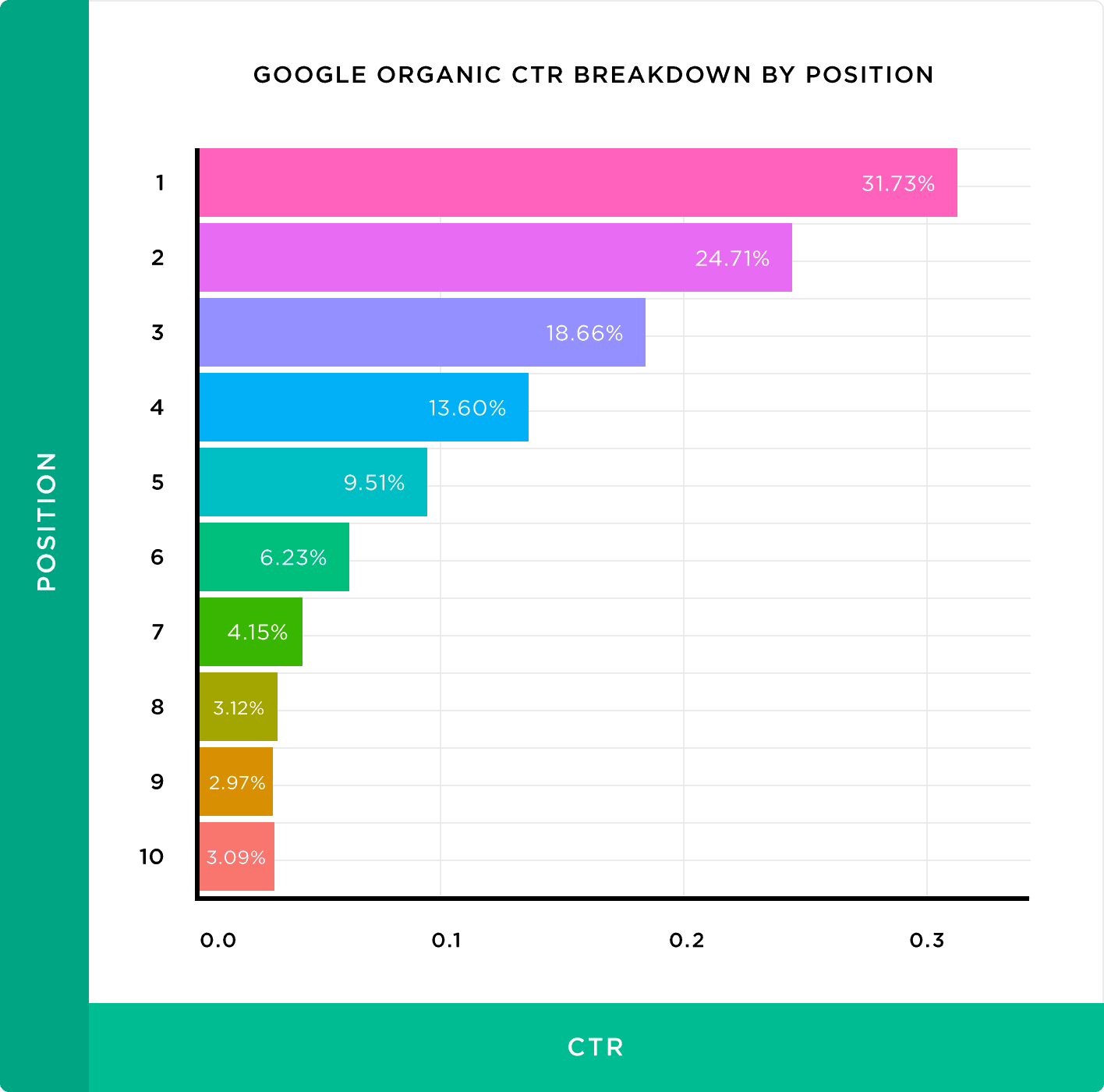
Step #1: Re-Optimize Your Existing Content
One of the quickest wins I’ve seen in SEO comes from taking your current pages and making sure they’re fully optimized. If a page is already ranking on the first page or second page of Google, it means the site is already seen as a relevant result for a target keyword in the search results. With some on-page SEO and UX improvements, those same pages can often climb to higher rankings.
I usually start with Search Console. After login, head to your website’s Performance section. In the Google search console Performance page, sort Queries by position. If you notice keywords sitting at an average position of around 8, those are prime opportunities. Clicking into the query positions and checking the pages tab shows which pages for query to work on.
Here are the key ways I refine a page:
- Ensure it’s keyword-optimized with smart on-page optimization
- Update content that feels outdated and make it up-to-date
- Enhance UX with faster pagespeed, clear subheadings, and large fonts that make it easier to read and skim
Then it’s all about the rinse and repeat process—every page you improve builds momentum for stronger rankings.
Step #2: Use Internal Linking
Once a page is optimized, adding internal links can make a big difference. I’ve often used authority pages on my site to pass strength and give other pages the rankings bump they need. The more link authority you can direct, the stronger the signals to Google.
An SEO tool like Semrush helps me spot indexed pages with the most value. I first came across this trick from Backlinko, and it’s been part of my workflow ever since. The key is to use keyword-rich anchor text or descriptive anchor text when you link pages. That way, each internal link clearly shows Google the target keyword context.
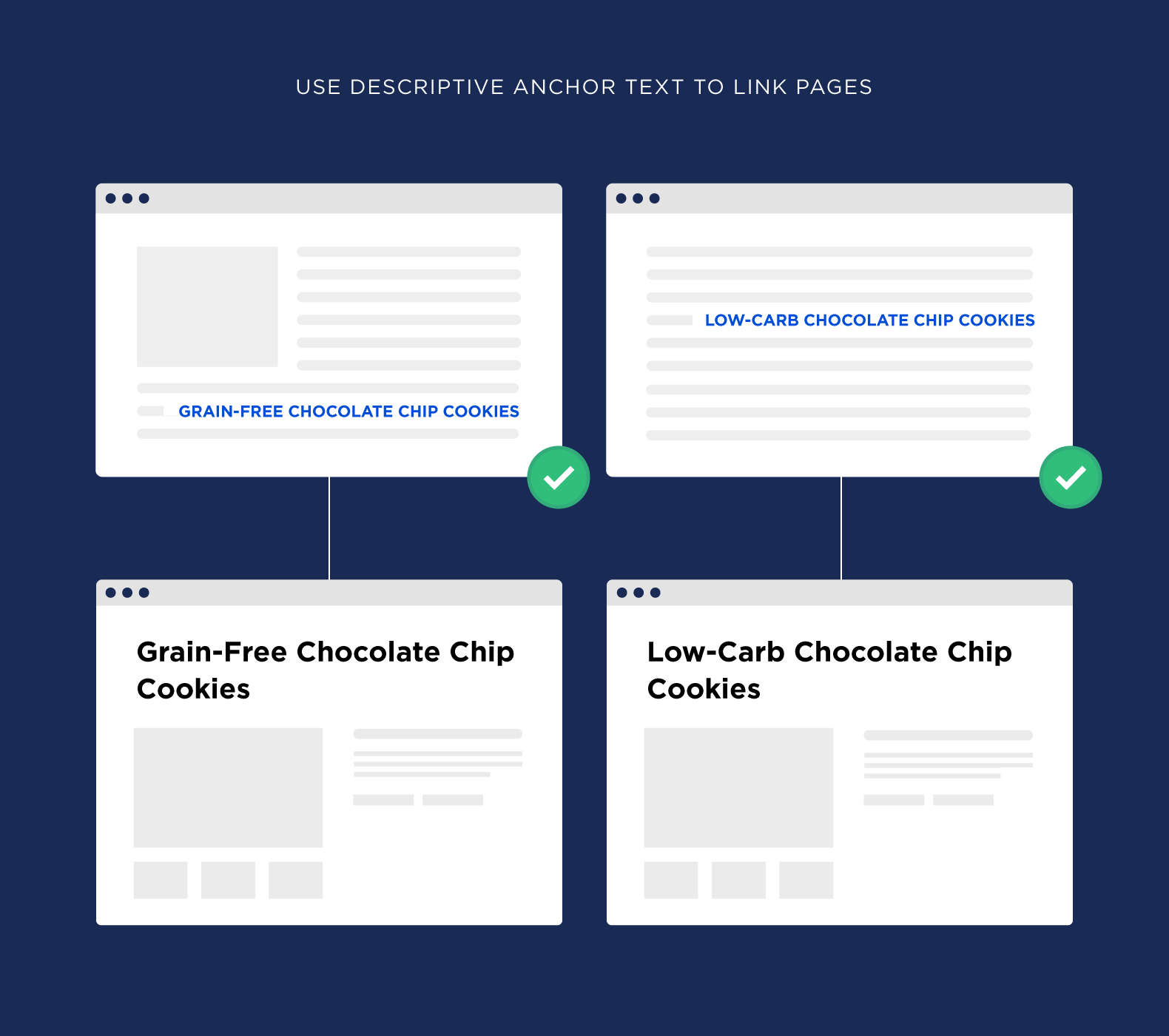
For example, in a content marketing tips post, I added an on-page SEO reference with anchor text, and it noticeably boosted visibility. It’s a simple move but one that can shift positioning fast.
Step #3: Optimize for Organic Click Through Rate
One thing I’ve learned from working on Google rankings is that organic click through rate (CTR) can push your page higher in the results even if the site already ranks in a solid position. As an SEO expert, I track average CTR in Google Search Console, and when I notice a page sitting at 3%, a few tweaks can often move it up to 5% or even 7%. That kind of signal tells Google that people find it relevant, and the algorithm rewards it with a small bump in spots.
I’ve also seen the flip side—when CTR dropped by 1%, it sent the opposite message and rankings slipped. Adding a video or rewriting titles and descriptions often helps secure a higher CTR, making sure searchers want to check out your content instead of skipping over it.
Step #4: Improve Your Core Web Vitals Score
From my own experience as a blogger, even with amazing content, poor Core Web Vitals can sink your SEO efforts. The report in Search Console shows how your pages actually perform using real-world usage data collected from Google Chrome data. If people land on a site and the page loads slowly or the content is hard to read, most Google users hit the back button, which raises bounce rate and cuts down dwell time. According to a ranking factors study, sites with low dwell times tend to rank lower in Google results.
Because Core Web Vitals are a direct ranking signal, optimizing them is crucial for user experience and better search engine positioning. When I focused on reducing load times, improving fonts for readability, and simplifying layouts, website time on site jumped, which led to higher Google rankings. The tricky part is that this is just the tip of the iceberg—you need to check Core Web Vitals scores on a regular basis. Each small step in improving UX can make users stick around and read longer, helping rankings grow over time. And this is a point I often link to in a future post when discussing the importance of good UX versus a horrible one.
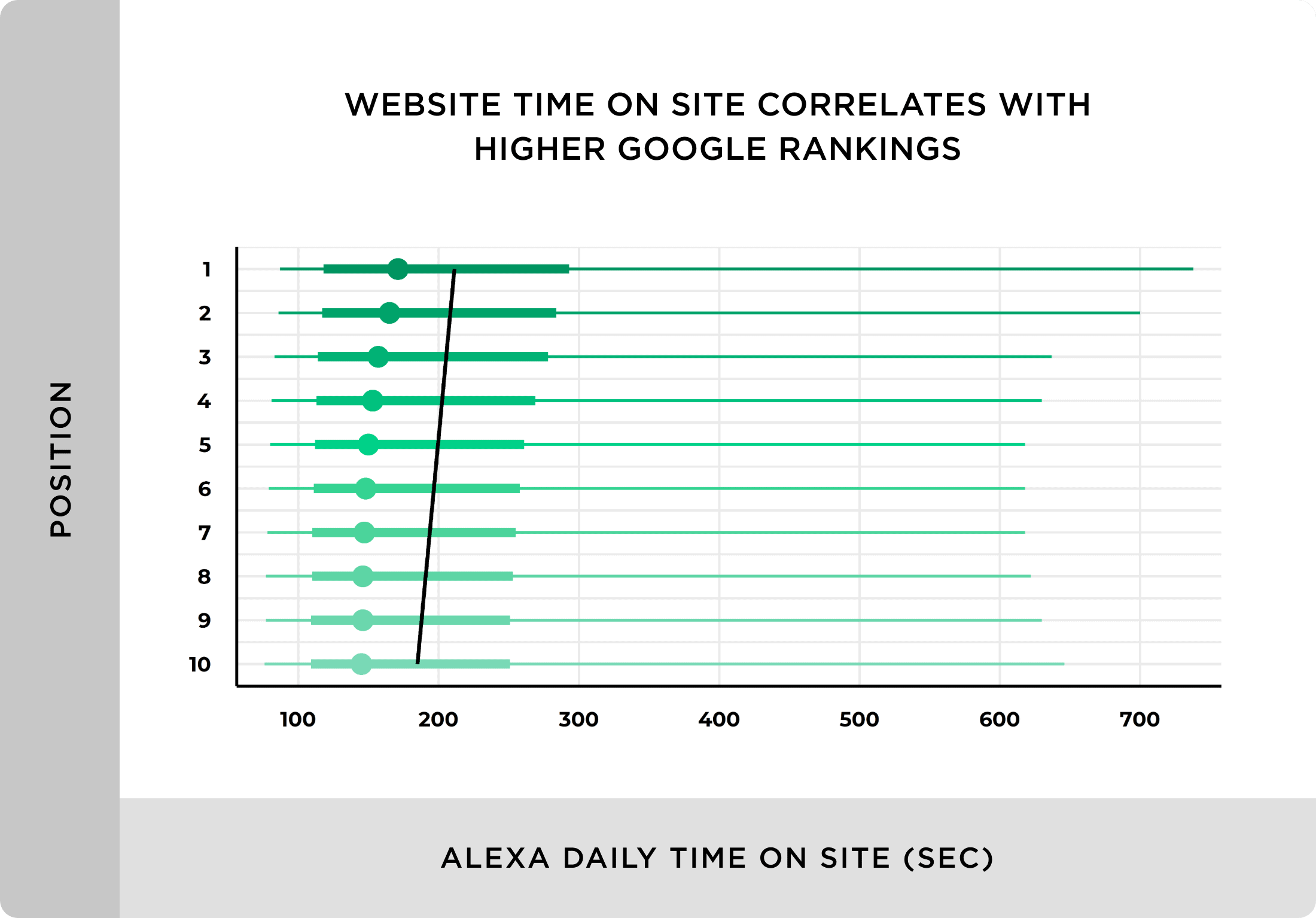
Step #5: Get Multiple Results for the Same Keyword
One of the most advanced SEO strategy approaches I’ve tested is trying to rank in multiple spots for the same keywords. This isn’t about luck—it’s about following specific steps to get your site better positioning in the SERPs. When you optimize pages around similar topics and use smart interlinking between posts, you can often link authority across them. In some cases, Google even shows them consecutive spots, giving you consecutive ranks and more visibility.
From my experience, this isn’t always guaranteed because it can be a hit or miss, but when it works, it nearly doubles your search engine positioning. It also helps you own more SERP real estate, pushing competitors further down the first page. I’ve seen businesses use the Best SEO tools to identify opportunities where content, blogs, and even YouTube SEO videos can all appear for the same term. When you secure two or three top 3 placements—even from different websites—the impact on clicks and leads for a business is massive.
Search Engine Positioning vs. SEO: Understanding the Differences
Main Focus
SEO is a comprehensive strategy for improving the search visibility and performance of your entire website. It covers many areas, including:
- Keyword research
- Content creation
- Site architecture
- User experience
- Page speed
- Conversion rate optimization
For example, if you’re an athleisure retailer, your SEO plan may include creating landing pages, publishing blog posts about fashion trends or sport trends, and using user testimonials. Over time, this helps you reach a wider audience and establish your site as a trusted resource.
On the other hand, search engine positioning is a branch of SEO that focuses on specific pages. Instead of improving your whole site, you work on boosting a product page or a collection page to show up higher in search results. For instance, if you want a workout shorts page to rank better, you’d use workout shorts-related keywords, add relevant information, insert internal links to related pages, and enhance page performance. This way, that single page has a higher chance of ranking for its target terms.
Timeline
- SEO is a long-term strategy. It usually takes four months to a year to see strong results because Google looks at the overall quality, relevance, and authority of your website.
- Search engine positioning can show effects much faster—sometimes in a few days or within a month—depending on Google indexing.
If you make changes to a page, you may need to prompt Google to notice them. You can do this through Google Search Console by:
- Logging into your account.
- Entering the page URL in the search bar.
- Checking the indexing status.
- Using request indexing to ask Google to crawl or re-crawl the updated page.

This speeds up the process and helps your optimized pages appear in the search results sooner.
Want to improve your search engine positioning? Let’s talk! Reach out today at info@ashirdigitals.com“
FAQs About search engine positioning seo
Q1. What are the 4 types of SEO?
The four types of SEO are:
- On-page SEO – Optimizing content, titles, headings, and keywords.
- Off-page SEO – Building backlinks and improving authority.
- Technical SEO – Fixing site speed, mobile-friendliness, and indexing.
- Local SEO – Improving visibility for location-based searches.
Search engine positioning SEO mainly works with on-page and technical SEO to help individual pages climb higher in rankings.
Q2. What is an SEO example?
An SEO example could be optimizing a product page for “running shoes.” This includes adding the keyword in the title, writing helpful content, improving page speed, and building backlinks. In search engine positioning SEO, the goal would be to get that specific product page onto the first page of Google.
Q3. How to improve SEO positioning?
To improve your search engine positioning SEO:
- Update old content and make it keyword-optimized.
- Use internal linking from strong pages on your site.
- Improve Core Web Vitals (page speed, mobile usability).
- Write engaging titles and meta descriptions to boost CTR.
- Earn backlinks to increase authority.
These steps help your pages move up to higher spots in search results.
Q4. What is SEO and how does it work?
SEO (Search Engine Optimization) is the process of improving your site’s visibility in search engines like Google. It works by making your pages more relevant, useful, and trustworthy. Search engine positioning SEO is a part of this—it focuses on getting specific pages to rank higher for targeted keywords.
Q5. How to do SEO for beginners?
Beginners can start SEO with these steps:
- Do keyword research to find what people are searching.
- Write content that answers those searches.
- Use keywords in titles, headings, and meta descriptions.
- Make sure your site loads fast and works on mobile.
- Add internal links between related pages.
This simple approach builds a solid base for search engine positioning SEO.
Q6. What are SEO keywords?
SEO keywords are the words or phrases people type into Google when searching for information. For example, if someone types “best SEO tools,” that’s a keyword. Using the right keywords in your content helps with search engine positioning SEO, because it makes your pages more relevant to what people are searching for.

